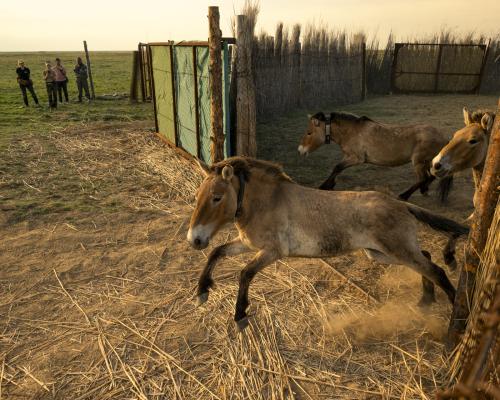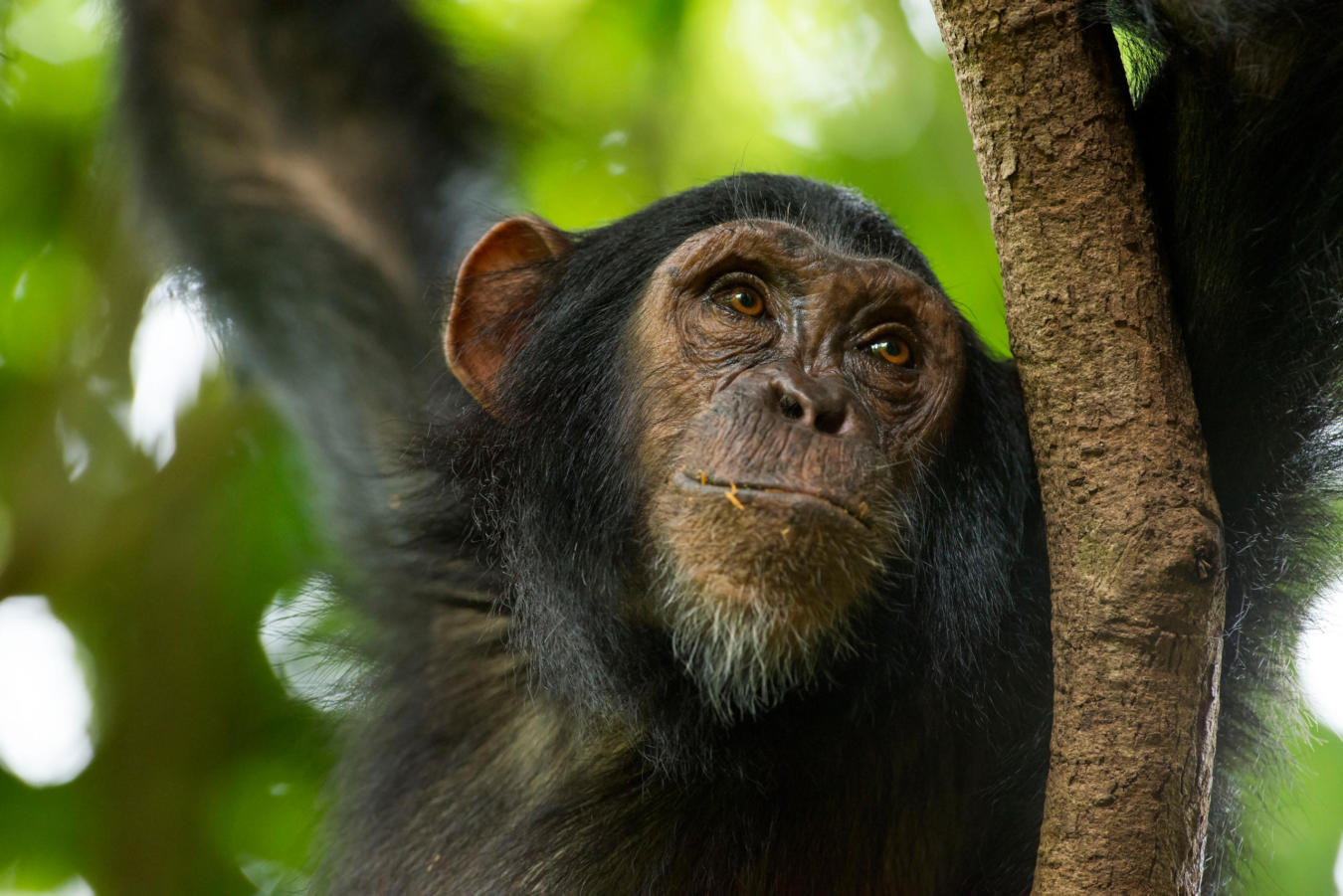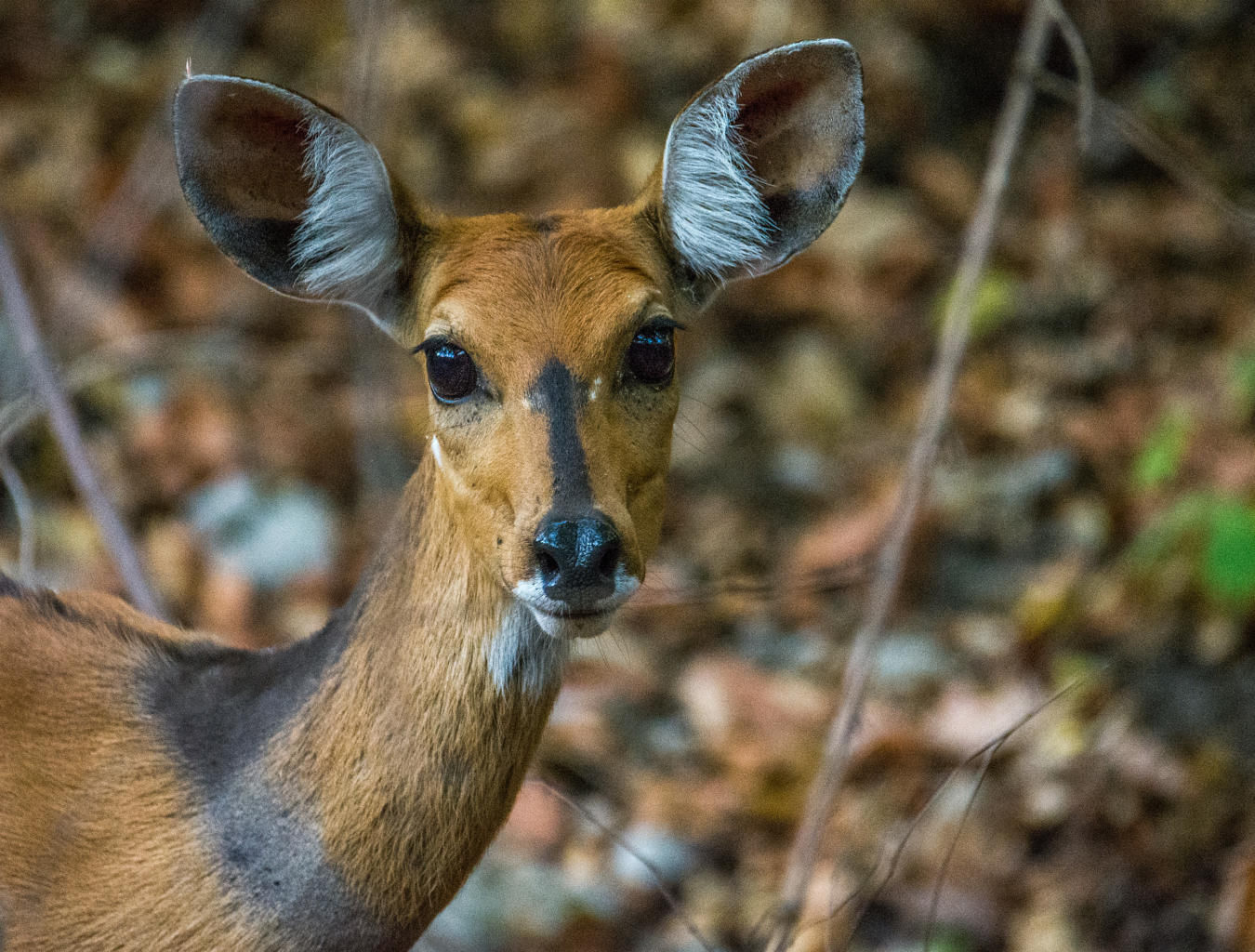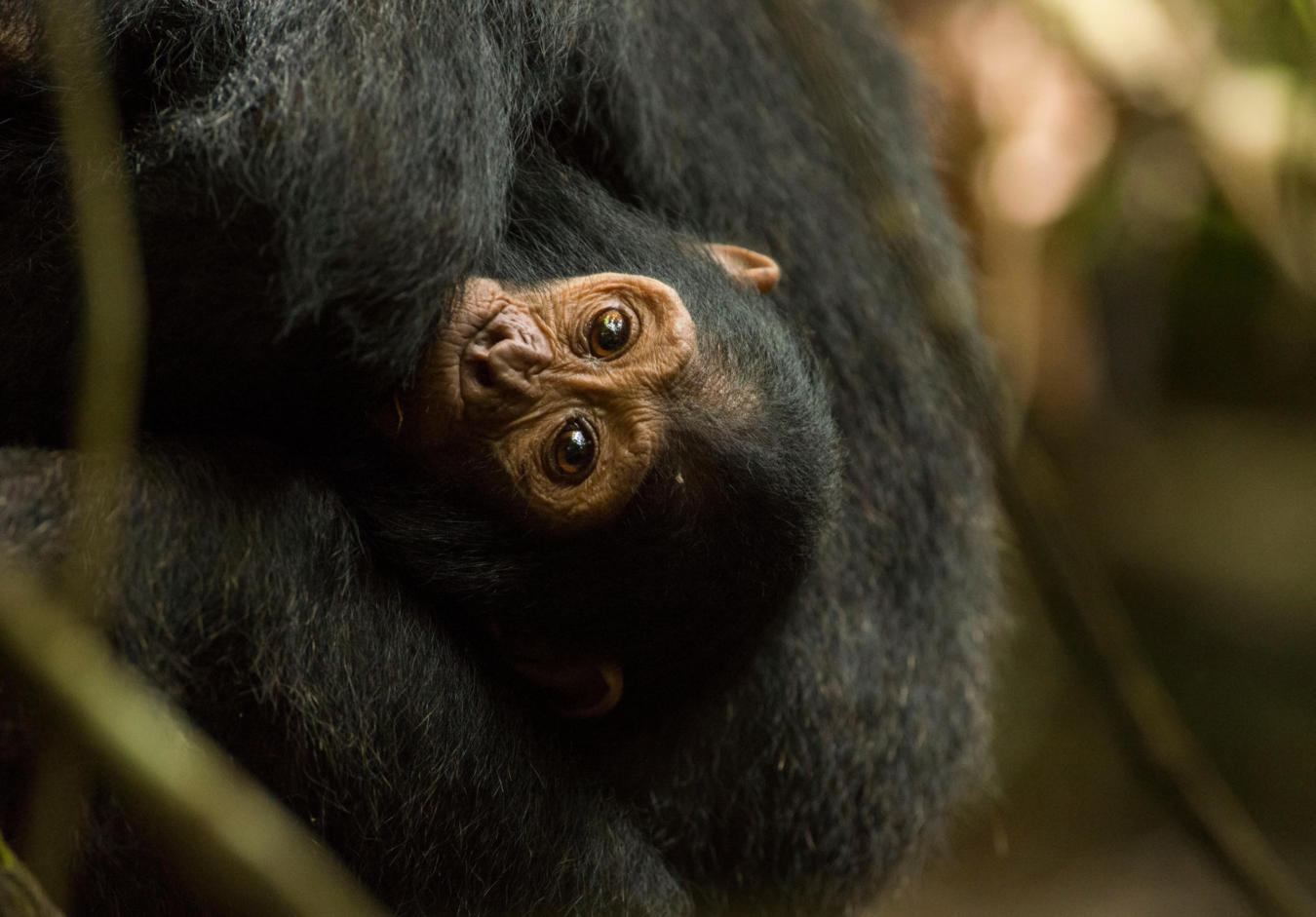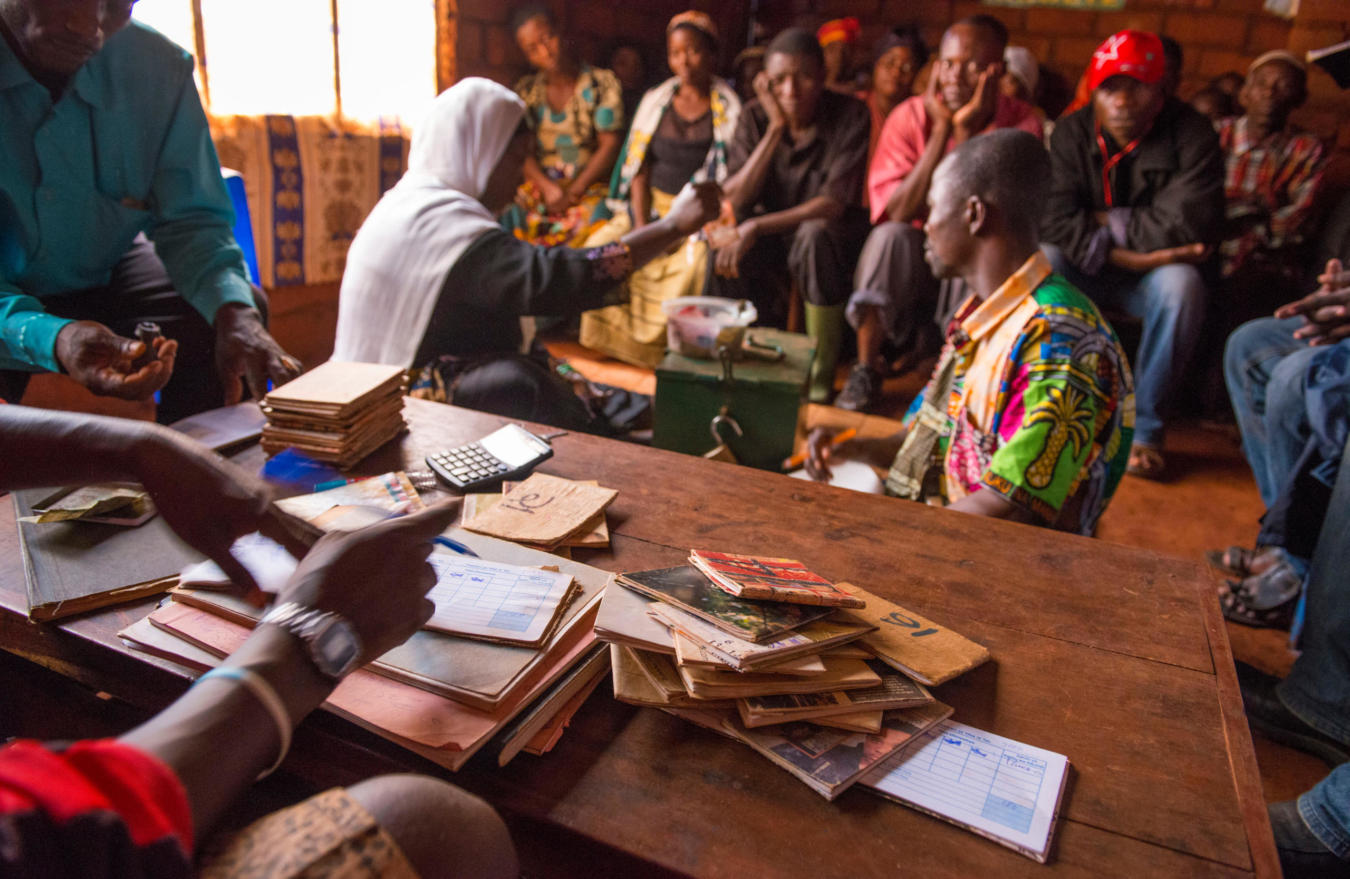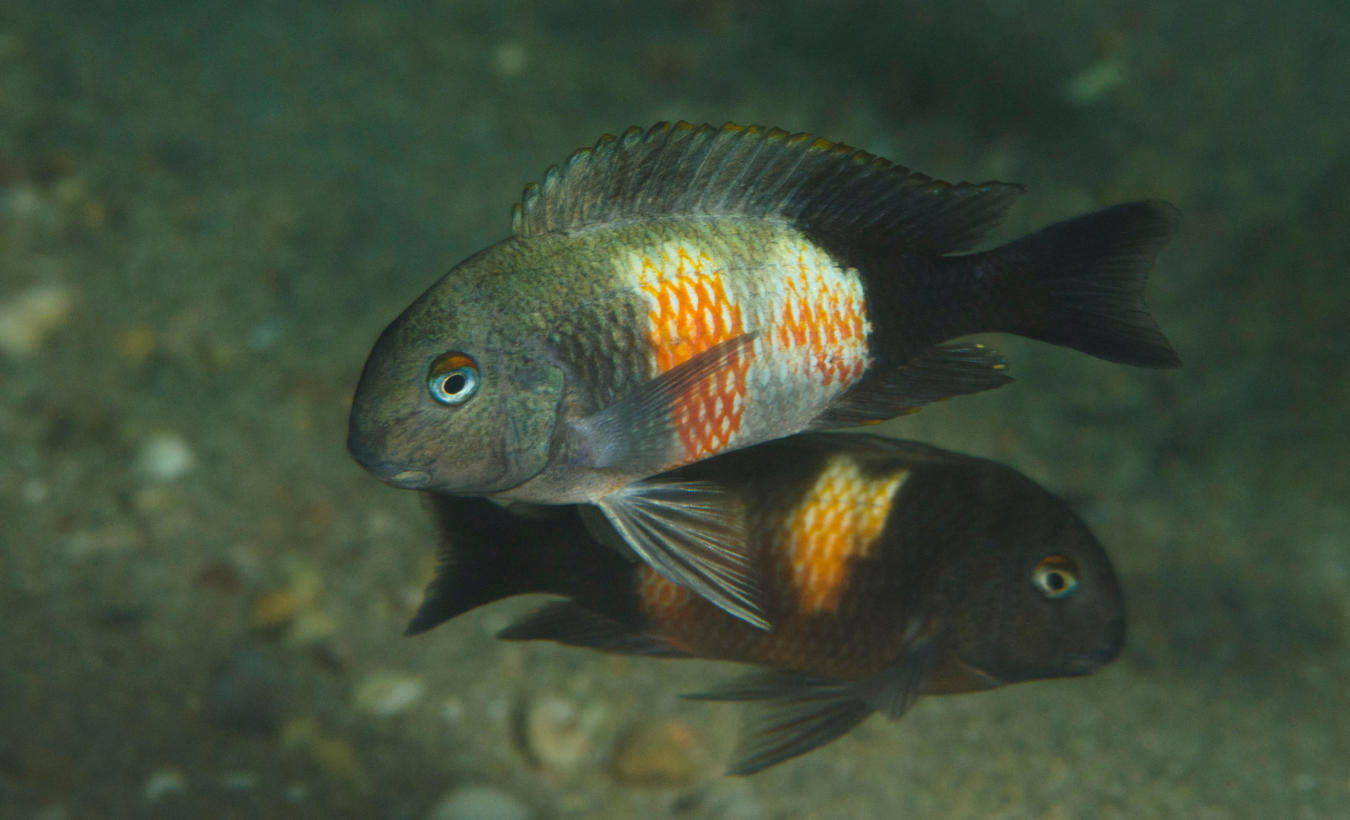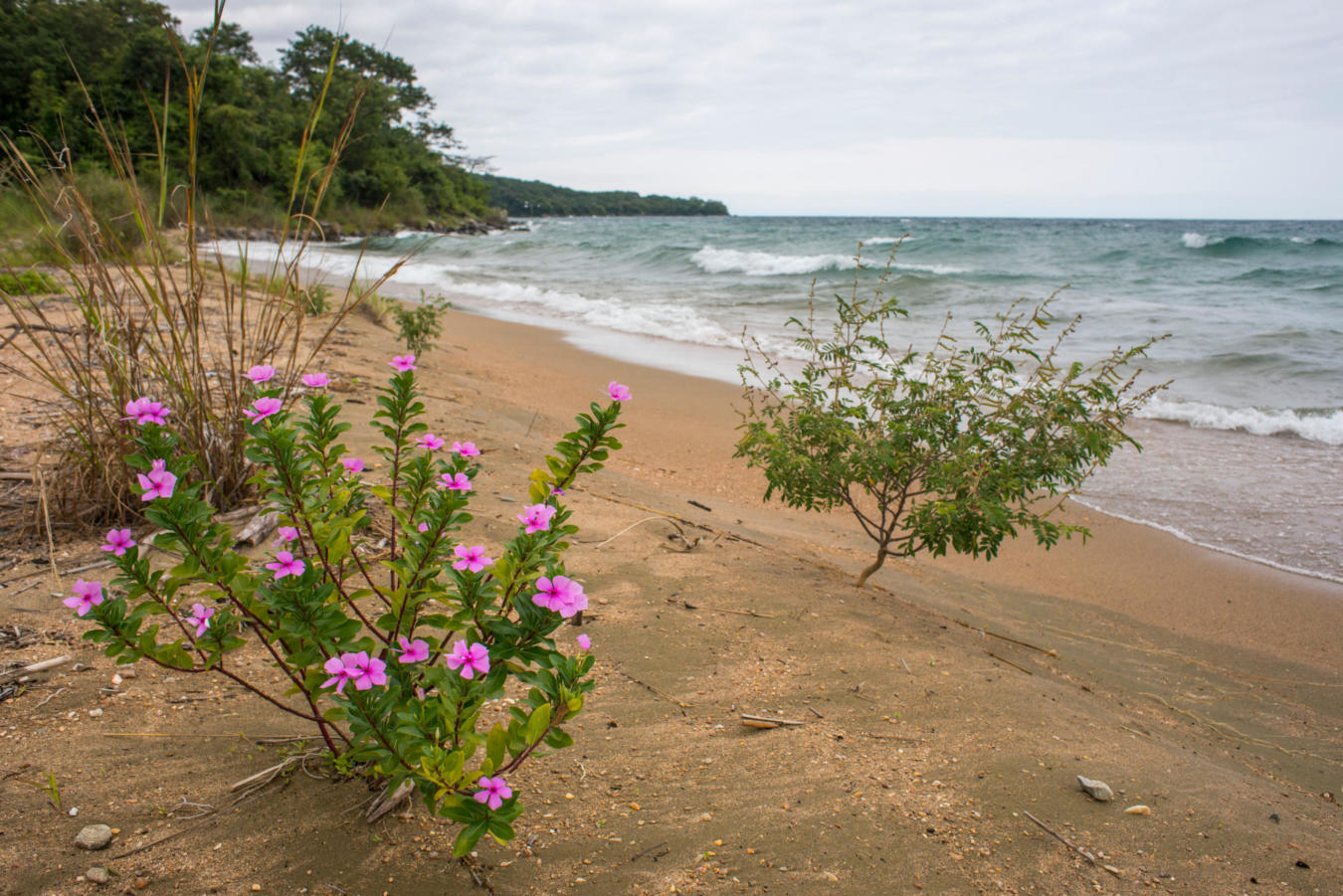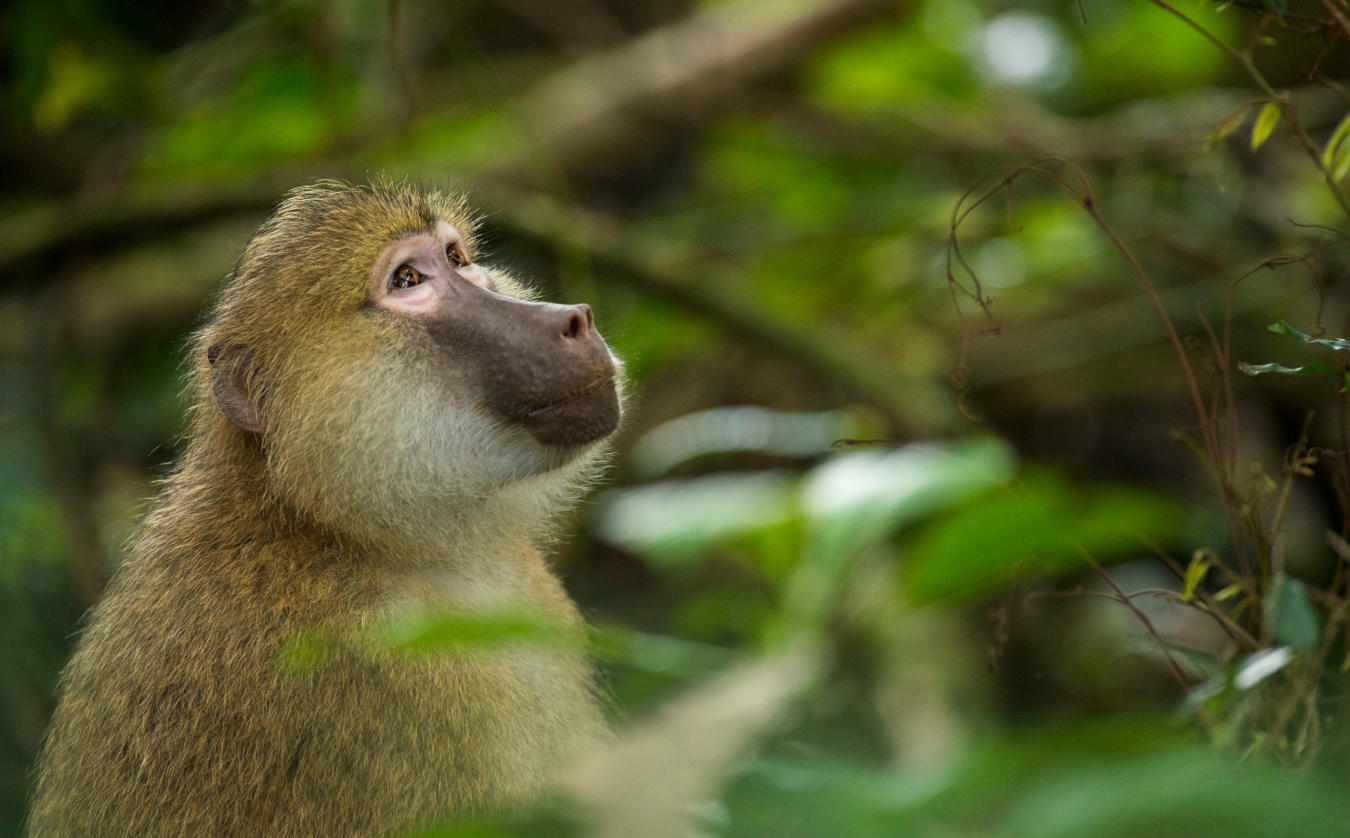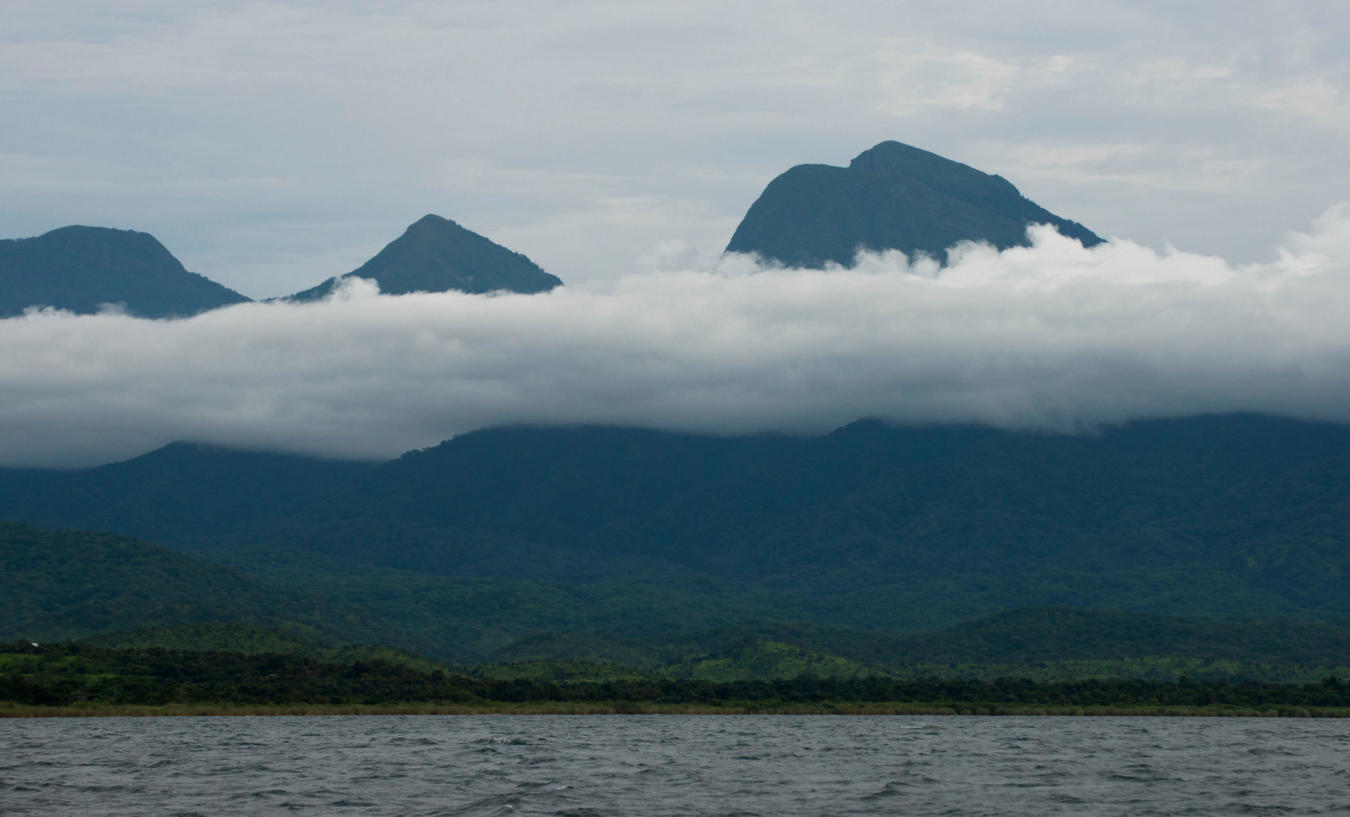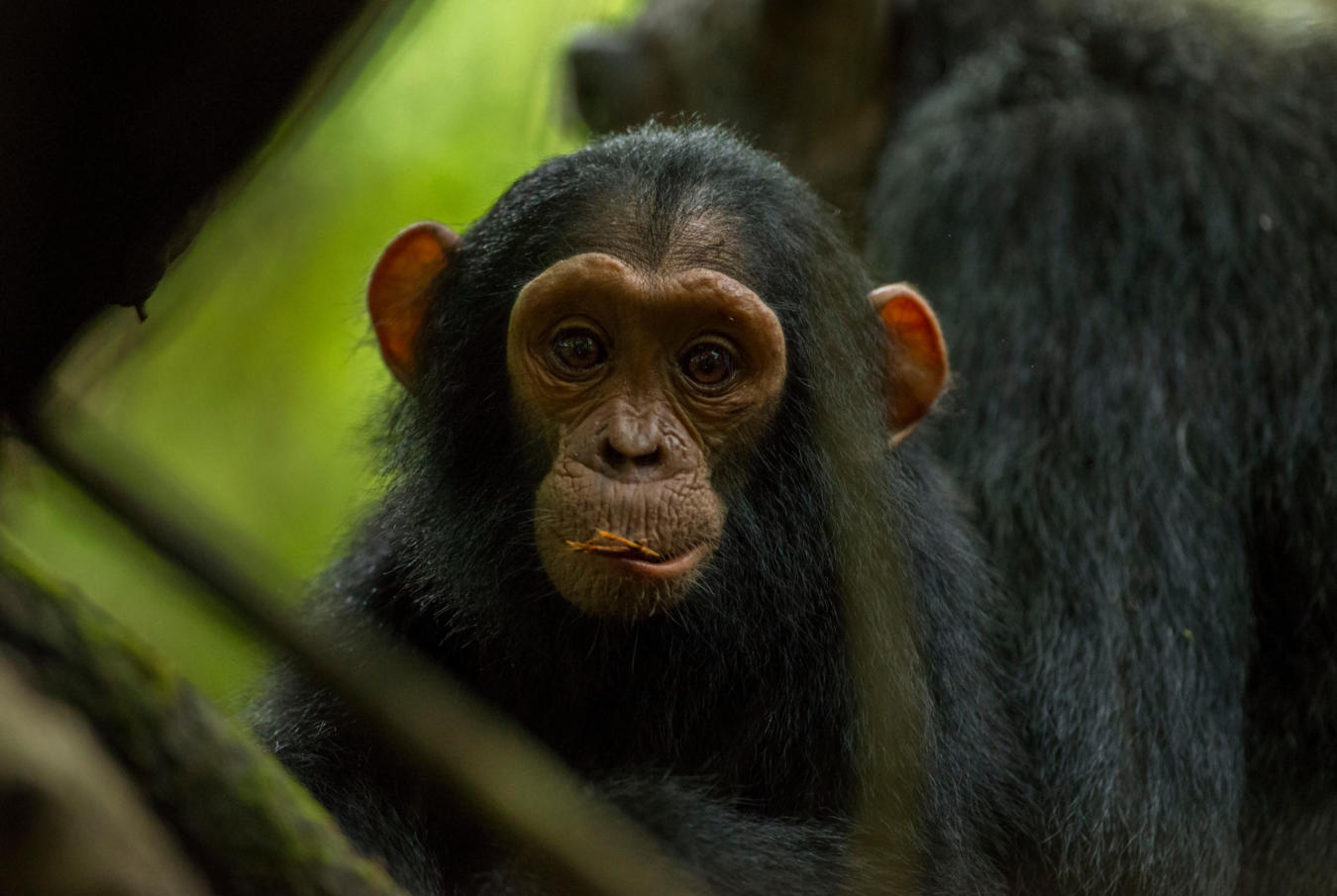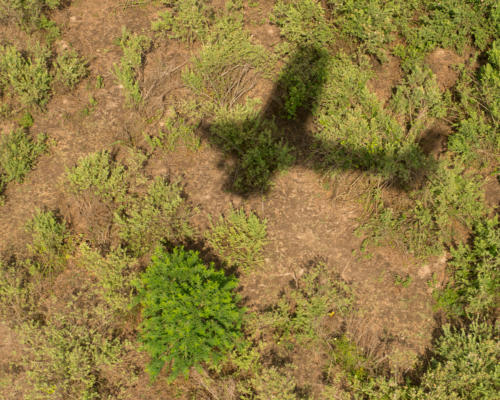At the western tip of Tanzania, on the shore of Lake Tanganyika, lies a mountainous region boasting chimpanzees and rich biodiversity. The Greater Mahale Ecosystem, with the Mahale Mountains National Park at its core, contains a mosaic of overlapping montane forest and mountain grasslands at higher altitudes. It is an integral part of the globally recognized Eastern Afromontane biodiversity hotspot. Here, tropical rainforest animals, savannah and miombo woodland species such as elephants, and unique aquatic species are at home. It is also the habitat of Tanzania’s largest population of chimpanzees and as such a good place for scientific studies, which started in the 1960s.
- Project: Mahale Ecosystem Management Programme
- Mahale National Park size: 1,613 km²
- Mahale ecosystem size: 20,000 km²
- Support since: 1985
- Project leader: Magnus Mosha
- Mahale National Park
- How we support the Mahale ecosystem
- Partners
- back to top
For many years the Mahale Mountains National Park has been protected by its remote location in western Tanzania. Our support of the development of this park concentrates on infrastructure and equipment.
- Development and implementation of a General Management Plan for Mahale Mountains National Park
- Development and implementation of the Mahale Ecosystem Management Plan
- Carrying out ecological research and assessment of the wider Mahale ecosystem
- Support of tourism development and management
- Training on environmental education
As the population around the National Park grows rapidly, we are working to promote sustainable livelihoods that benefit both local people and the environment. Our activities include:
- Community Conservation Banks: With a membership of more than 2,200 people, of which 70% are women, contribute to a group loan and saving scheme for conservation compatible activities
- Village land use mapping and planning
- Forest monitoring and protection under participatory forest management
- Improving livelihood security in target villages
- Environmental education
- Supporting community-based natural resource management and conservation-compatible development activities
Expanding protection to include a larger part of the Mahale ecosystem is a challenge involving integrating conservation activities with development. There is a management plan for the wider Mahale ecosystem, the implementation of which we support. Additionally, we are carrying out ecological research to support assessments of the ecosystem.
Working with Tanganyika District, we have gathered village agreements and documentation for the upgraded protection of the Tongwe West Local Authority Forest Reserve. The Mahale Katavi corridor has recently been surveyed and information is being used to protect the wildlife corridor identified there.
Successful conservation is always the result of great teamwork. We collaborate with local communities, national authorities, and conservation organizations. Our partners make our conservation work possible.
-
 Tanzania National Parks (TANAPA)
Tanzania National Parks (TANAPA) -
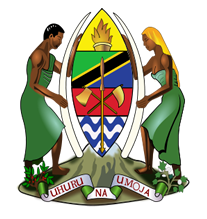 Wildlife Division of the Ministry of Natural Resources and Tourism of Tanzania
Wildlife Division of the Ministry of Natural Resources and Tourism of Tanzania -
 Stiftung Eine Welt Eine Zukunft
Stiftung Eine Welt Eine Zukunft







